No products in the cart.
Remedies
Mahakumbh 2025: Dates, Significance, and Why the 12-Year Wait?
The Mahakumbh Mela is one of the largest spiritual gatherings in the world. Millions of devotees converge for this sacred event, believing that a dip in the holy rivers during Mahakumbh cleanses them of all sins and liberates them from the cycle of birth and death. This grand festival, marked by auspicious bathing dates, will begin with Makar Sankranti and culminate on Mahashivratri. Let’s explore the details of Mahakumbh 2025, why it occurs every 12 years, and the significance behind each aspect of this revered celebration.
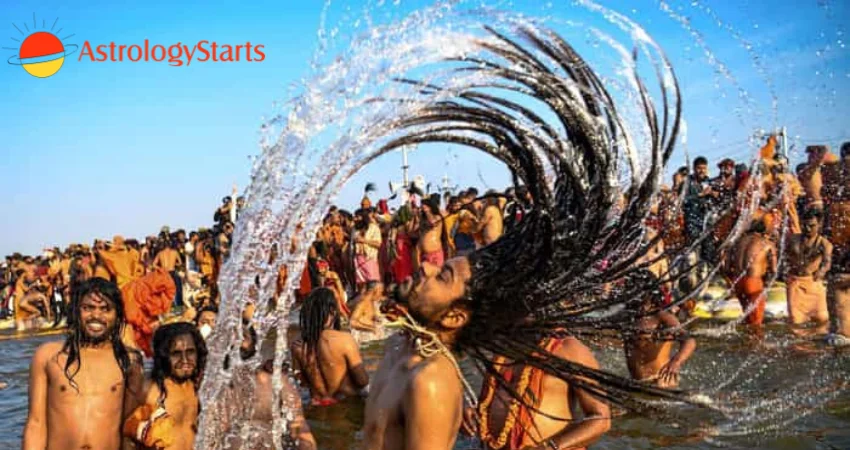
Introduction to Mahakumbh 2025 Mela
The Mahakumbh Mela is more than just a religious gathering; it’s a confluence of faith, tradition, and spiritual devotion. The upcoming Mahakumbh in 2025 will be held in Prayagraj, attracting millions of pilgrims from around the globe. Devotees believe that taking a dip in the sacred rivers at specific times during this event cleanses the soul and grants liberation from worldly cycles.
Why is Mahakumbh celebrated Every 12 Years?
Historical Significance
The Mahakumbh 2025 Mela, which originates from Hindu scriptures and mythological tales, dates back to ancient India. This grand festival is celebrated every 12 years at each of the four holy sites: Prayagraj, Haridwar, Ujjain, and Nashik.
Mythological Connection
The significance of the 12-year cycle is intertwined with the legend of the Samudra Manthan, a divine episode in Hindu mythology where both gods and demons churned the ocean to obtain the nectar of immortality or Amrit.

Legend Behind Mahakumbh Mela
Story of Samudra Manthan
According to legend, when the ocean was churned, the Amrit emerged, sparking a fierce battle between the gods and demons. To protect the nectar, Lord Vishnu handed it to Garuda, his divine eagle, who managed to evade the demons by spilling drops of nectar at four locations—Prayagraj, Haridwar, Ujjain, and Nashik. These are now the four sacred sites where the Kumbh Mela is celebrated.
The Four Holy Cities
Each of these cities holds a significant place in Hindu spirituality. The presence of Amrit droplets makes them sacred, with each site hosting the Mahakumbh Mela every 12 years.

Mahakumbh 2025 Key Dates
The Mahakumbh 2025 will follow a schedule of auspicious bathing dates, each considered highly sacred. Here’s a look at the important dates:
- Paush Purnima – January 13, 2025
- Makar Sankranti – January 14, 2025
- Mauni Amavasya – January 29, 2025
- Basant Panchami – February 3, 2025
- Maghi Purnima – February 12, 2025
- Mahashivratri – February 26, 2025
Significance of Each Bathing Date
Paush Purnima (January 13, 2025)
Known as the full moon in the month of Paush, Paush Purnima is a significant bathing day in Prayagraj’s renowned Magh Mela. It is also observed as Shakambari Jayanti. Thousands gather at the holy Sangam—the confluence of the Ganga, Yamuna, and mythical Saraswati—for the holy dip. Temples across India see large crowds of devotees on this auspicious day.
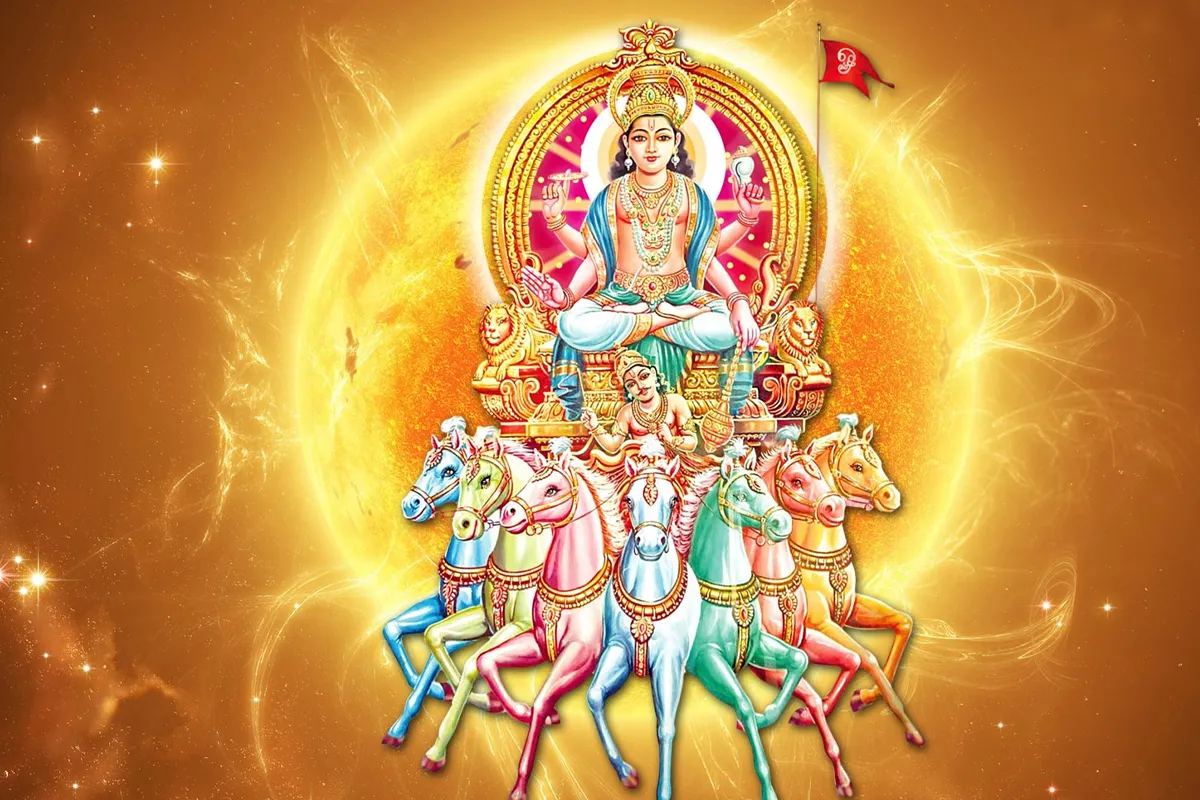
Makar Sankranti (January 14, 2025)
Mahakumbh 2025 or The Kumbh Mela traditionally begins on Makar Sankranti, when the sun and moon move into Capricorn – Makar Rashi, and Jupiter aligns with Aries. This day is highly auspicious as it’s believed the path to higher realms opens, allowing souls to ascend to divine worlds. At dawn, massive crowds flock toward the Sangam, with vibrant music, dancing, and banners fluttering through the air. This day is revered as a time for purification, and taking a dip in the holy rivers is believed to cleanse devotees of their sins.
Mauni Amavasya (January 29, 2025)
The Amavasya of the month of Magh, known as Mauni Amavasya, is marked by the alignment of the sun and moon in Capricorn. This day is celebrated as the birth of Sage Manu. As per belief, Lord Brahma created the first beings, Manu and Shatrupa, marking the start of the universe’s creation. Observing a vow of silence (Maun Vrat) is encouraged on this day, symbolizing control over the senses. The holy dip at the Sangam is especially virtuous, while devotees may choose to observe silence for a day, month, or even a year. Mauni Amavasya is a day of silence and self-reflection. It’s believed that bathing in this (Mahakumbh 2025) leads to peace and clarity, aligning one’s spirit with divine energy.
Basant Panchami (February 3, 2025)
Basant Panchami symbolizes the arrival of spring, bringing positivity and vitality. Devotees celebrate this day with prayers and rituals, inviting blessings of prosperity and growth. Basant Panchami heralds the start of spring. Known as the “fifth day of spring,” it falls in the Hindu month of Magh (January-February). Celebrated with enthusiasm, it also honors Saraswati Puja, invoking blessings of knowledge and learning.

Maghi Purnima (February 12, 2025)
Maghi Purnima is another significant day for bathing in the holy rivers of Mahakumbh 2025. This full moon day represents the triumph of light over darkness and is dedicated to spiritual enlightenment. Magh Purnima, or Maha Maghi, is an auspicious day among Hindu devotees, marking a significant time for spiritual rituals. Holy dips during this time, referred to as Samudra Snan or Punya Nadi Snanam, are considered exceptionally meritorious.
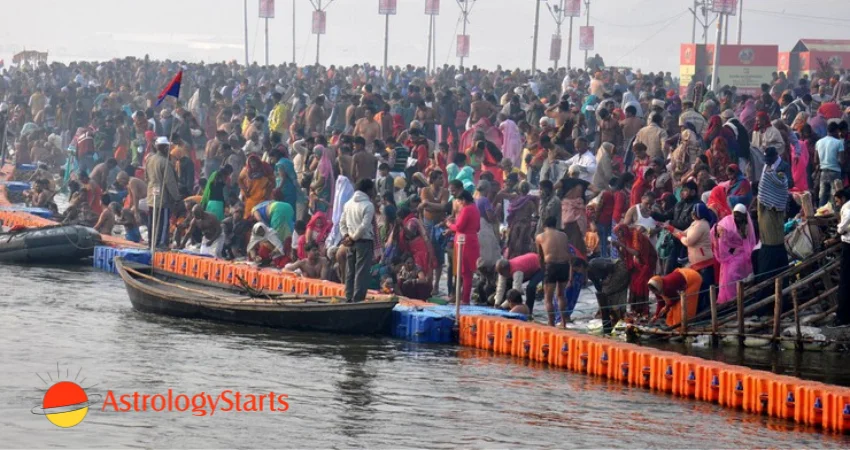
Mahashivratri (February 26, 2025)
Maha Shivratri is a major Hindu festival dedicated to Lord Shiva, held on the 13th night or 14th day of each lunar month. Celebrants honor Shiva through prayer, fasting, yoga, and meditation on virtues such as honesty, forgiveness, and self-restraint. As the final day of Mahakumbh 2025 in Prayagraj, it marks the conclusion of the festival. Following this day, the next Maha Kumbh will be held at Nashik-Trimbakeshwar in 2027. Concluding the Mahakumbh festivities, Mahashivratri is devoted to Lord Shiva. Devotees believe that a dip on this day leads to liberation and blessings from Lord Shiva himself.
Location of Mahakumbh 2025
The 2025 Mahakumbh will be held in Prayagraj, a place of great religious importance. This city, located at the confluence of the Ganga, Yamuna, and Saraswati rivers, is known for its spiritual ambiance and historical relevance.
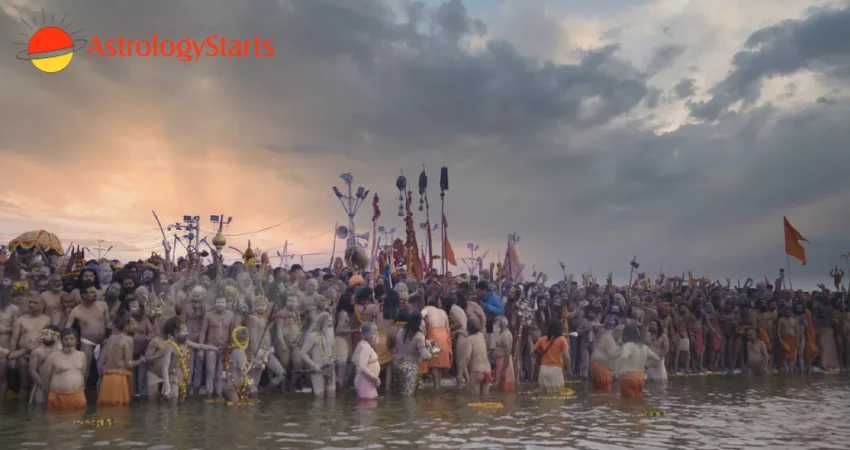
Why Only Four Cities Host Mahakumbh
The Mahakumbh Mela is exclusively celebrated in Prayagraj, Haridwar, Ujjain, and Nashik due to the mythological significance attached to these locations.
Spiritual Importance of Bathing During Mahakumbh
Bathing in the rivers during Mahakumbh is considered an act of purification, releasing devotees from sins and fostering inner peace. The act represents surrender and devotion, symbolizing a fresh start for the soul.
Role of Astrology in Mahakumbh 2025 Dates
Astrology plays a crucial role in determining the dates of the Mahakumbh Mela. The positioning of Jupiter and the sun are critical factors, aligning the event with celestial rhythms believed to enhance the spiritual energies at each location.
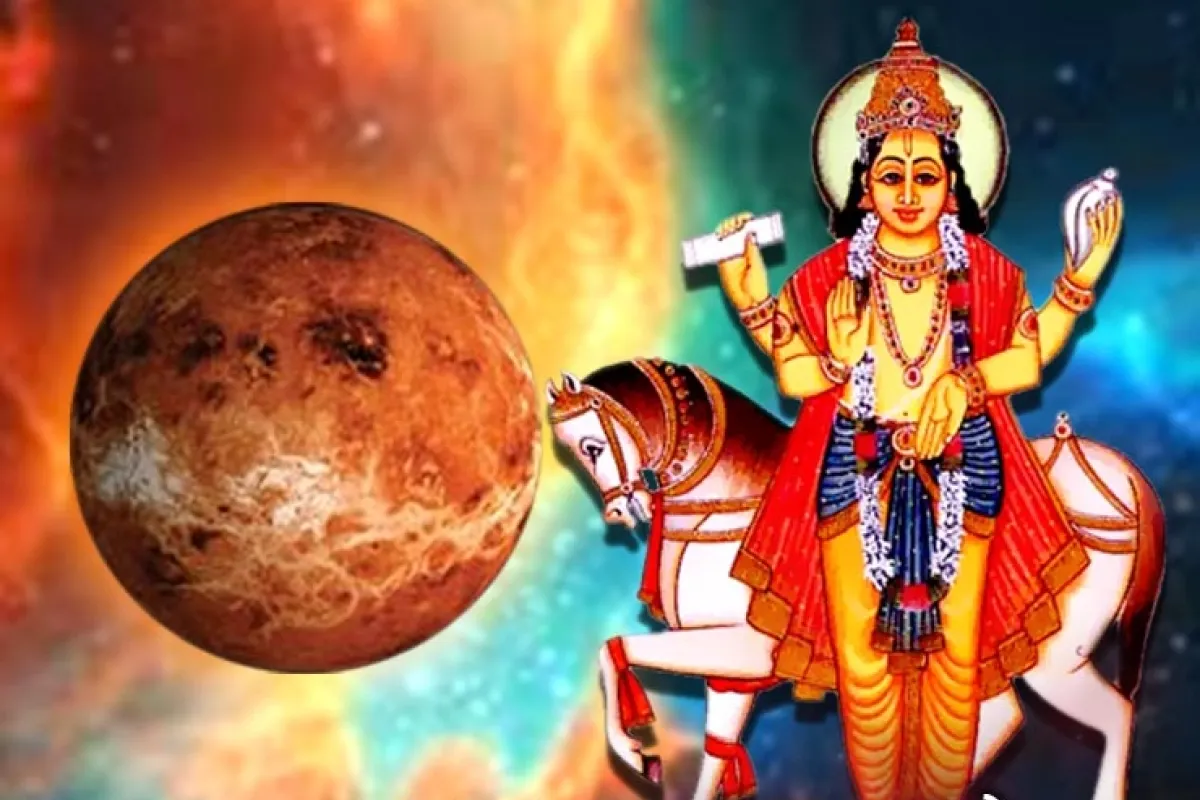
Planetary Alignment and Its Significance
Jupiter’s Position and Its Influence
Each Mahakumbh Mela is scheduled based on the position of Jupiter in the zodiac. When Jupiter aligns with specific signs and the sun transitions into certain constellations, it signals the onset of the Mahakumbh.
- When Jupiter is in Taurus and the sun is in Capricorn, the Mahakumbh is held in Prayagraj.
- Similarly, other alignments influence the Mahakumbh locations across Haridwar, Ujjain, and Nashik.

How Mahakumbh 2025 Impacts Faith and Spirituality
The Mahakumbh reinforces spiritual beliefs, connecting individuals to their heritage and faith. The experience fosters unity and provides a platform for reflection and spiritual growth.
Mahakumbh Traditions and Rituals
The rituals of Mahakumbh include not only bathing but also collective prayers, discourses, and devotional gatherings. These traditions help maintain a connection to ancient practices and celebrate the cultural essence of Hinduism.
Attracting Devotees from Around the World
Every Kumbh mela, especially Mahakumbh 2025 attracts millions, not only from India but globally. Pilgrims travel great distances to be part of this spiritual event, seeking blessings and a unique experience of India’s rich cultural heritage.
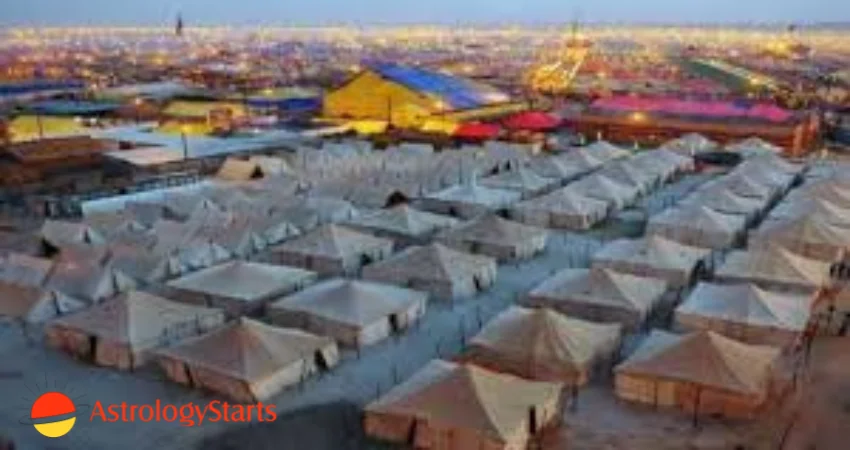
Modern Arrangements for Mahakumbh Mela 2025
The Mahakumbh 2025 will see modern amenities and management to cater to the vast influx of pilgrims. Organizers have introduced safety measures, medical facilities, and infrastructure improvements to ensure a smooth experience for all attendees.
Preserving Cultural and Religious Heritage
Beyond religious devotion, Mahakumbh 2025 is also an opportunity to preserve and celebrate India’s heritage. The mela showcases traditions, music, dance, and other cultural elements integral to the country’s spiritual fabric and heals the evil effects too.
Does & Don’ts of Kumbh Mela 2025
Friends, it is important to take care of yourself & others in this holy gathering of Maha Kumbh Mela 2025 by following a few rules of it. Hence, sharing “Does & Don’ts of Kumbh Mela 2025” as mentioned below.
- Check the official website for information on the movement plan, accommodations, key event dates, and download the Kumbh Mela 2025 mobile app.
- Travel light and carry necessary medicines if prescribed by your doctor.
- Stay informed about facilities like hospitals, food stalls, and emergency services available at Kumbh Mela 2025.
- Keep a list of emergency contact numbers handy.
- Use only authorized bathing areas/ghats designated by the Kumbh Mela 2025 administration.
- Utilize the toilets and urinals provided at the event.
- Dispose of waste responsibly by using designated dustbins.
- Follow the signage and directions to navigate through the Kumbh Mela 2025 site.
- Park your vehicles in designated parking areas and adhere to traffic regulations.
- Report any unidentified or suspicious objects to the police or Kumbh Mela 2025 administration.
- Follow the rules, regulations, and announcements made via the public address system or other communication methods.
- Cooperate with the departments and officials managing Kumbh Mela 2025.
- Keep your belongings secure and use the Lost & Found Centers for reporting lost items or missing persons.
- While planning your trip to Kumbh Mela 2025, allocate extra buffer time to accommodate unforeseen delays.
Conclusion
The Mahakumbh 2025 is set to be a landmark event for devotees and spiritual seekers alike. This festival provides an opportunity to renew faith, reconnect with culture, and experience a sense

FAQs
- When and where will the Kumbh Mela 2025 be held?
- Kumbh Mela 2025 will be held in Allahabad (Prayagraj) from January to February, with significant bathing dates throughout.
- What are the key bathing dates for Kumbh Mela 2025 in Allahabad?
- Key dates include Paush Purnima (Jan 13), Makar Sankranti (Jan 14), Mauni Amavasya (Jan 29), Basant Panchami (Feb 3), and Maha Shivratri (Feb 26).
- Why is the Kumbh Mela considered a sacred event in Hinduism?
- Kumbh Mela is sacred because devotees believe bathing in holy rivers purifies sins and offers spiritual liberation.
- How often does the Kumbh Mela occur in Allahabad?
- The Kumbh Mela in Allahabad (Prayagraj) is held every 12 years, following a cycle among four holy locations in India.
- What rituals are performed during Kumbh Mela 2025?
- Key rituals include the Shahi Snan (Royal Bath), prayer ceremonies, and spiritual practices observed by millions of Hindu devotees.

